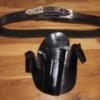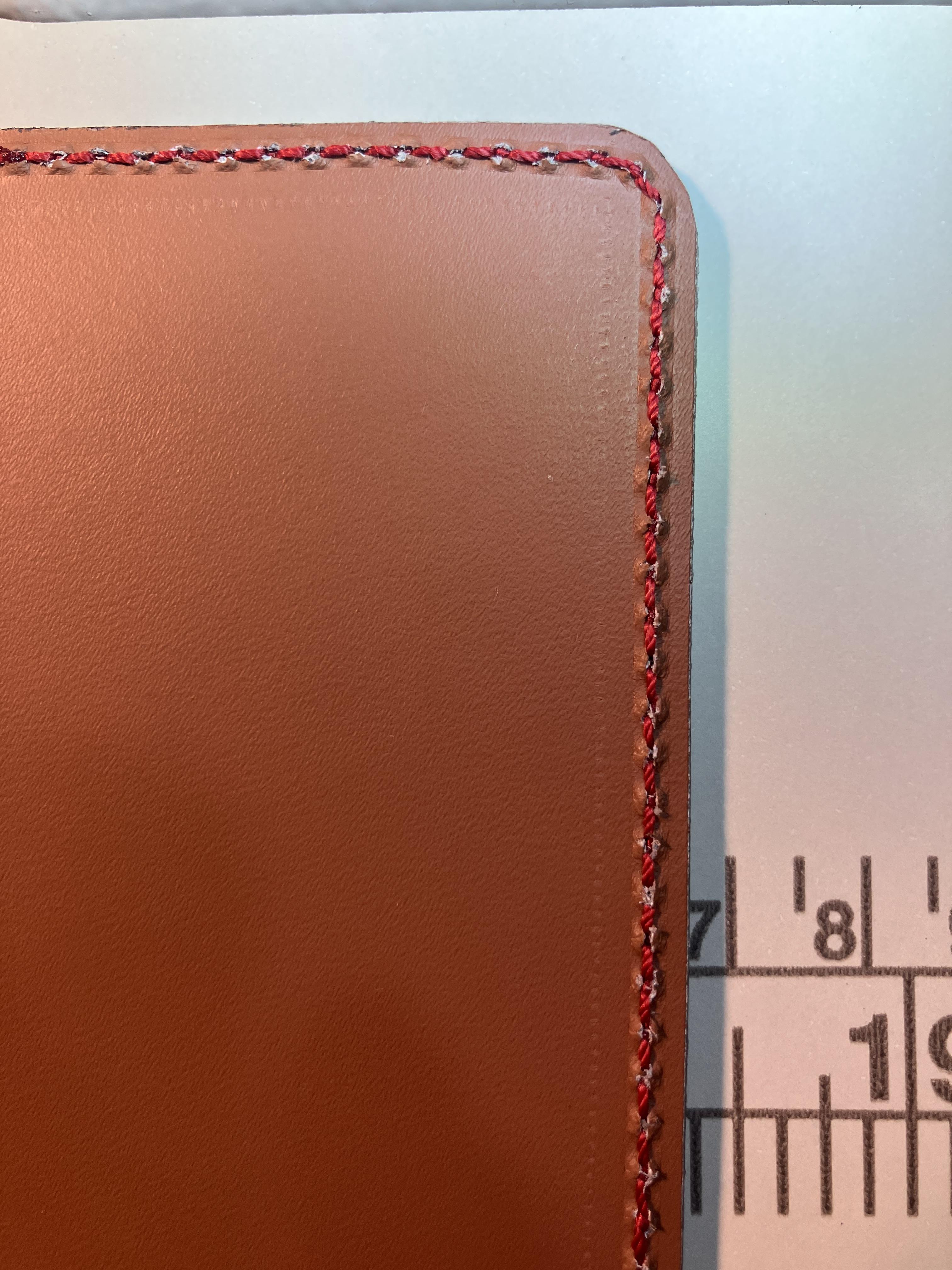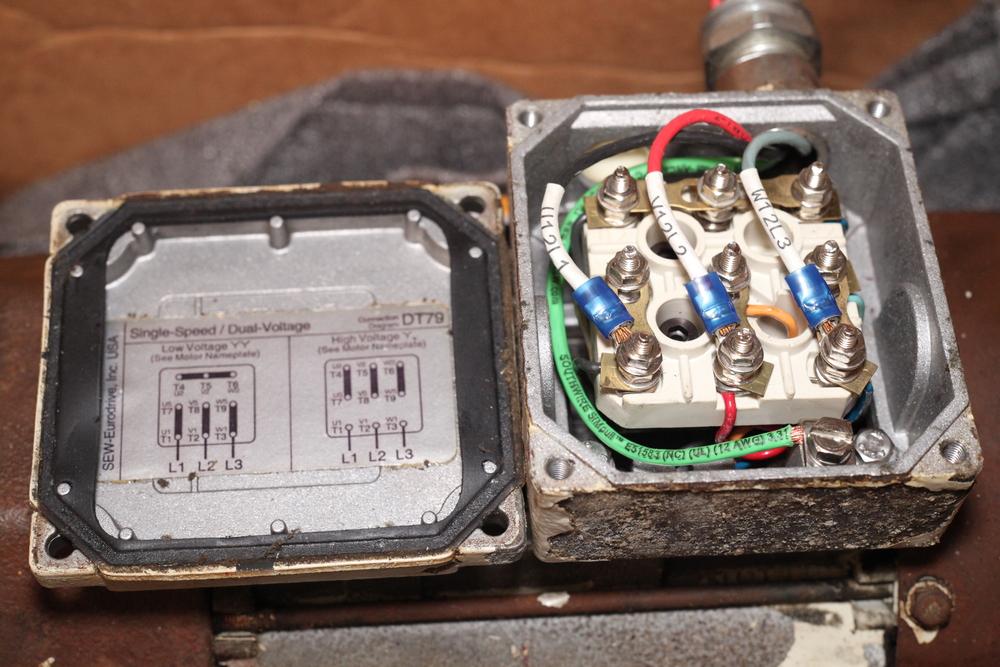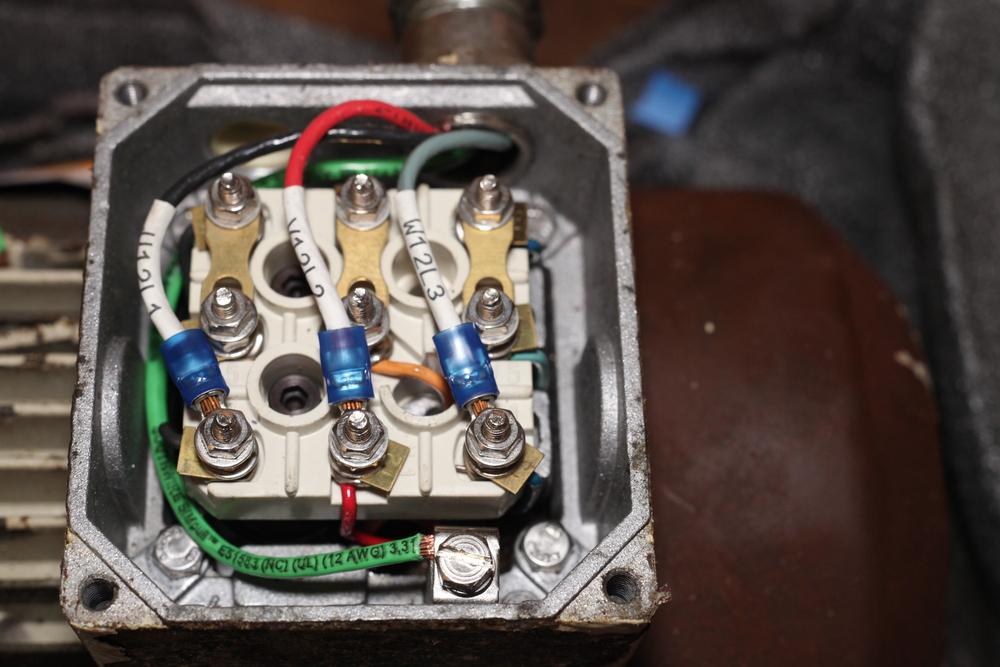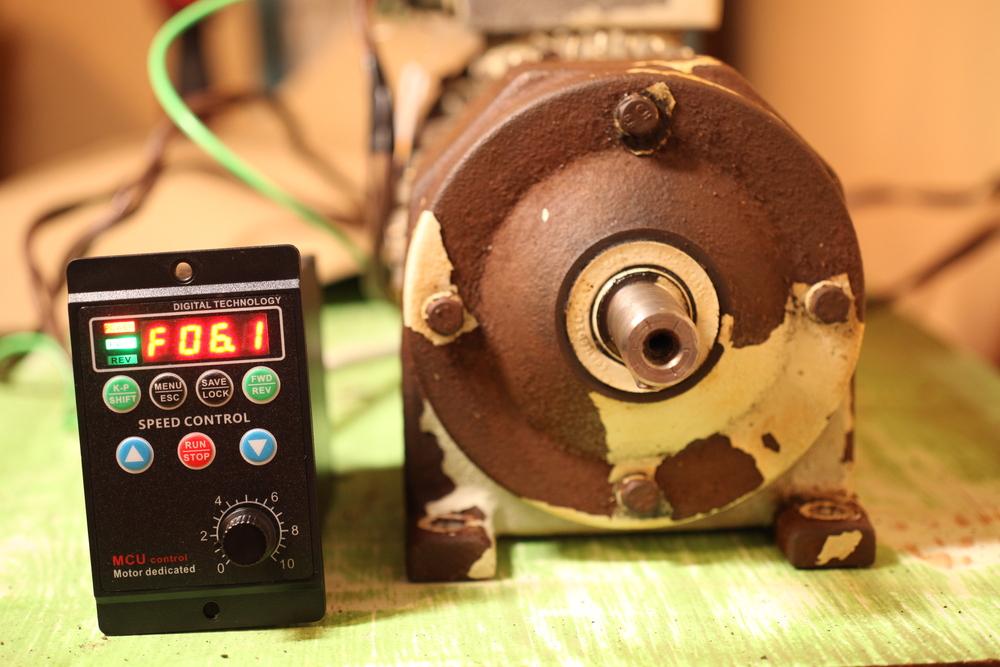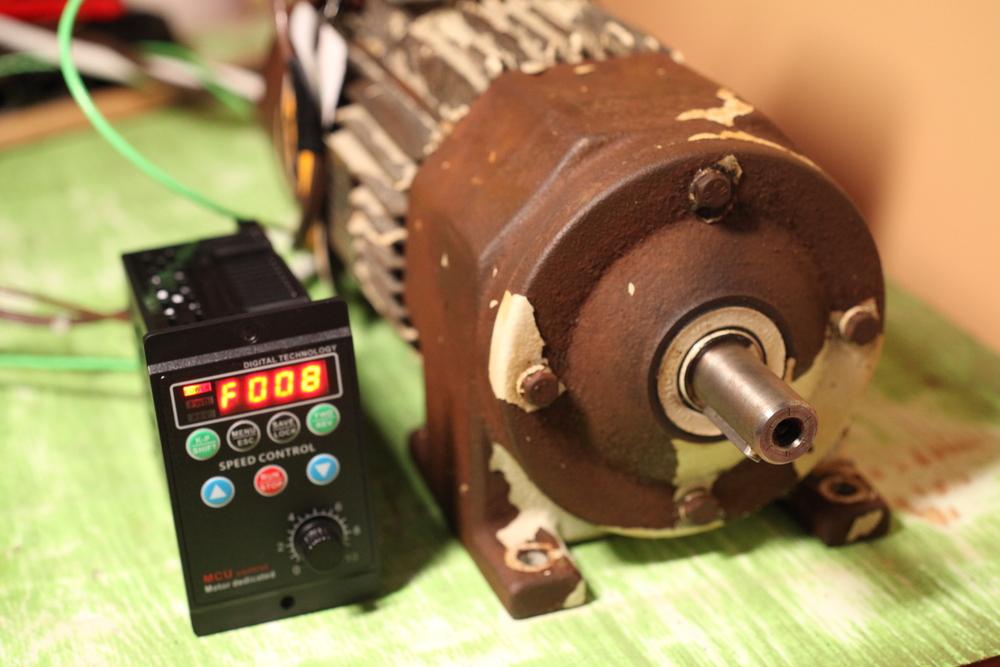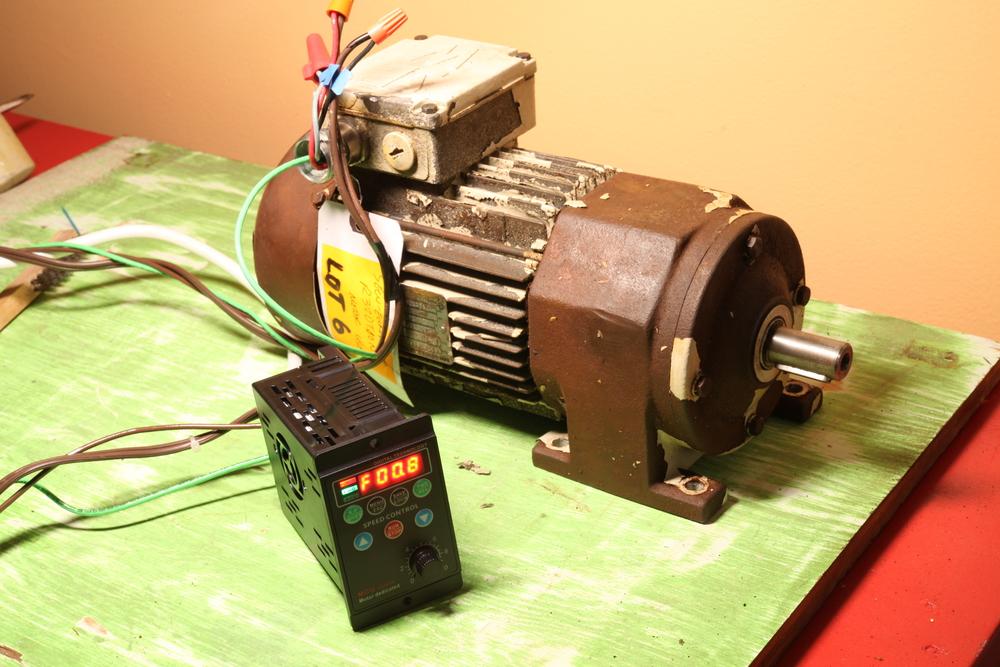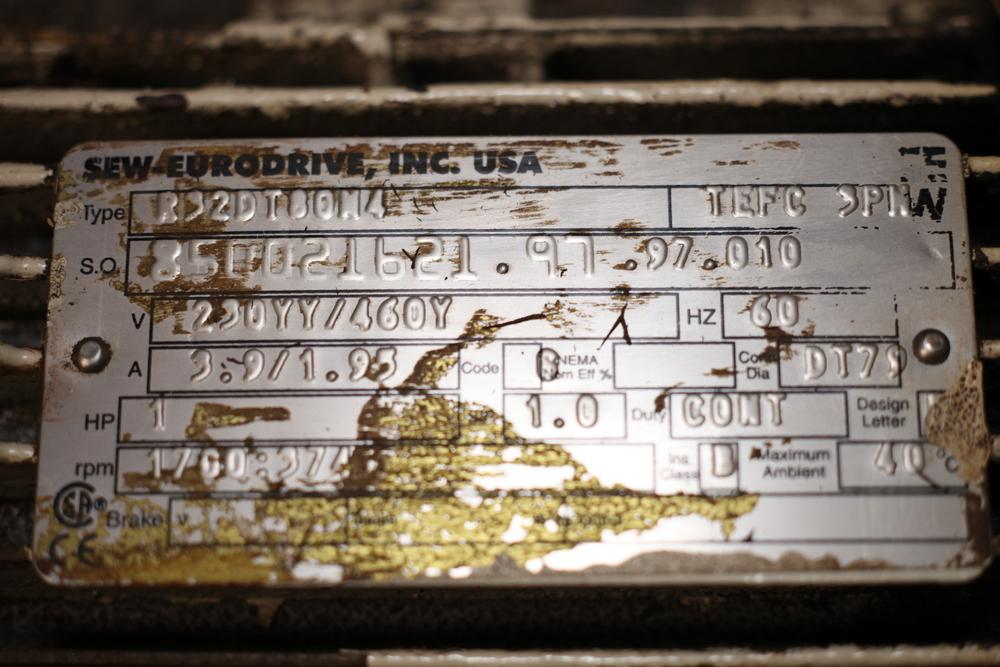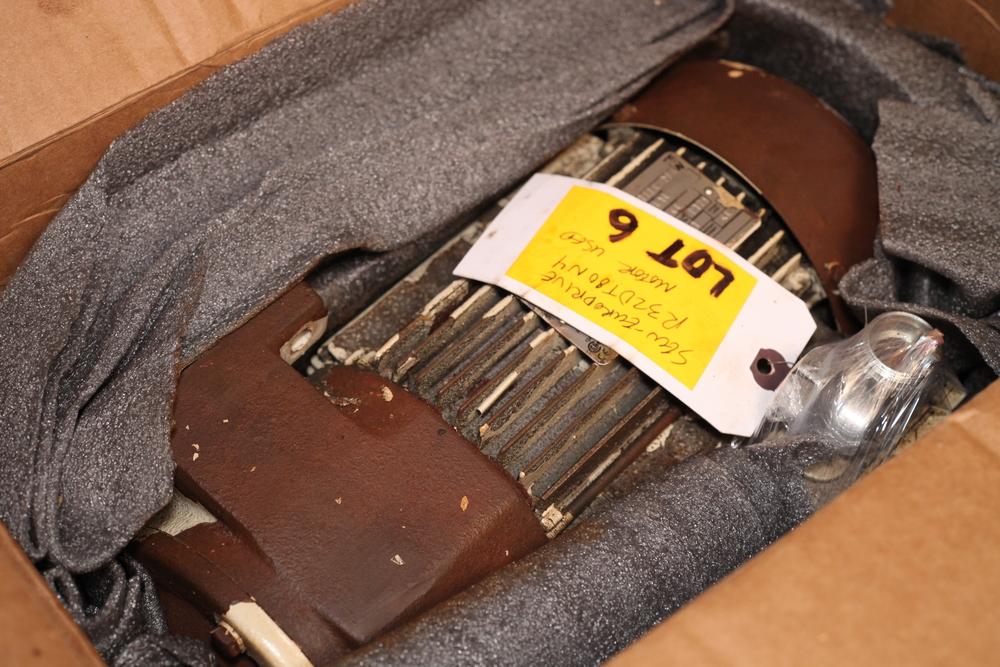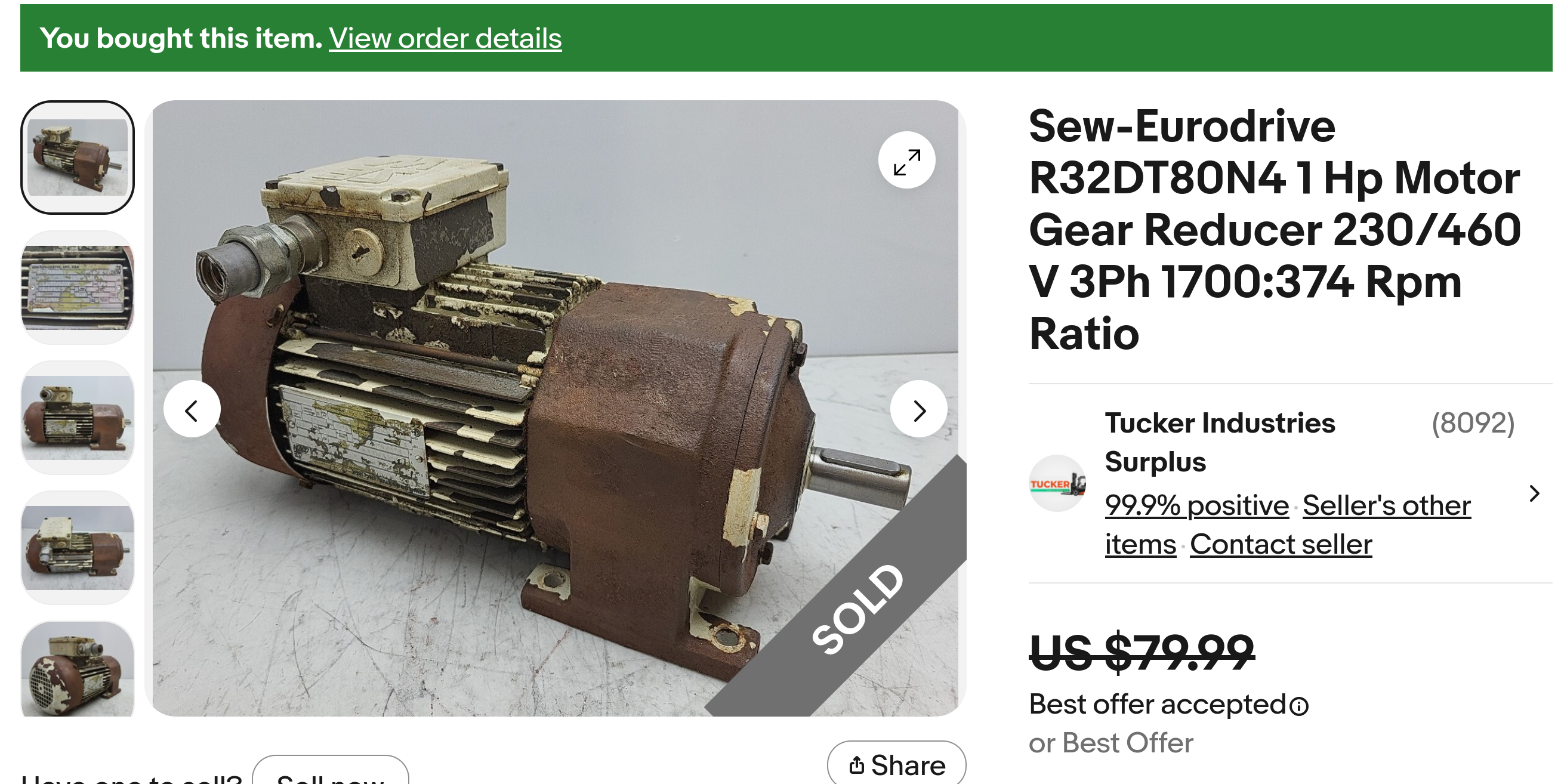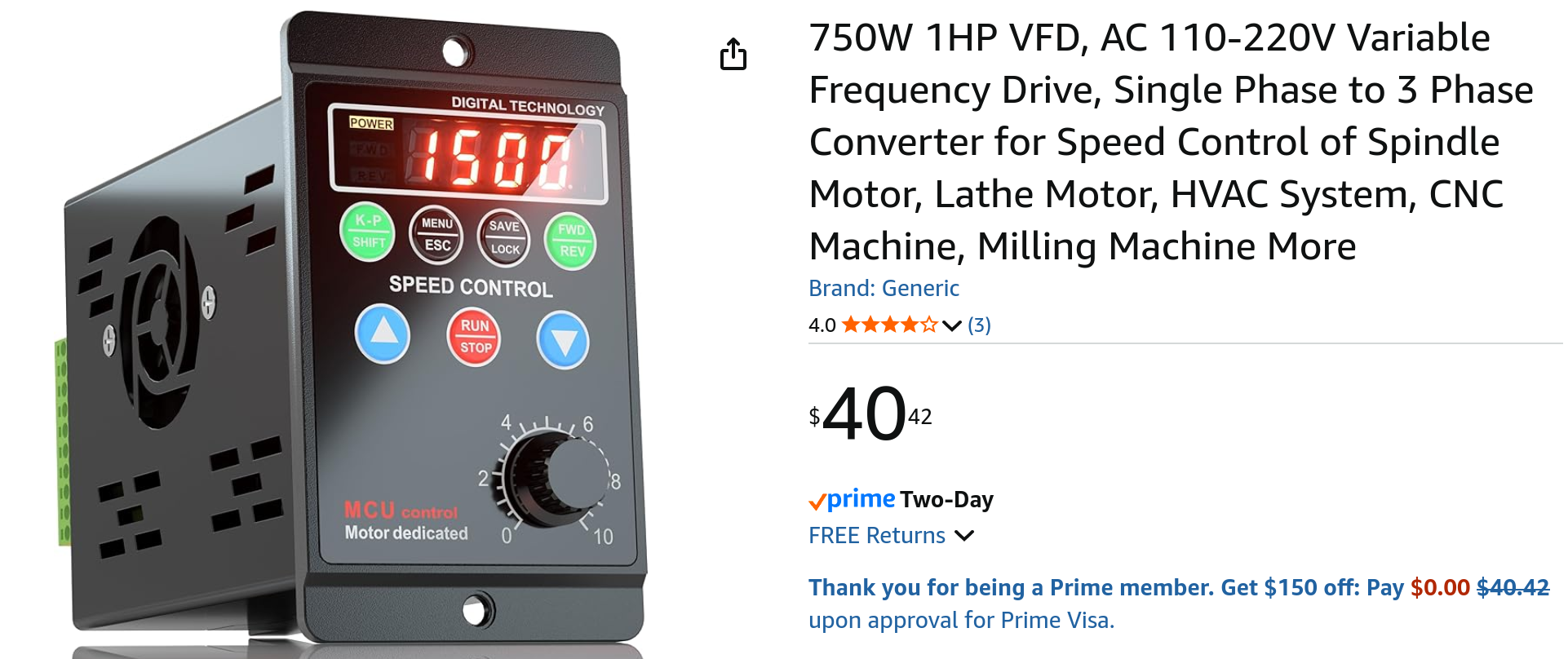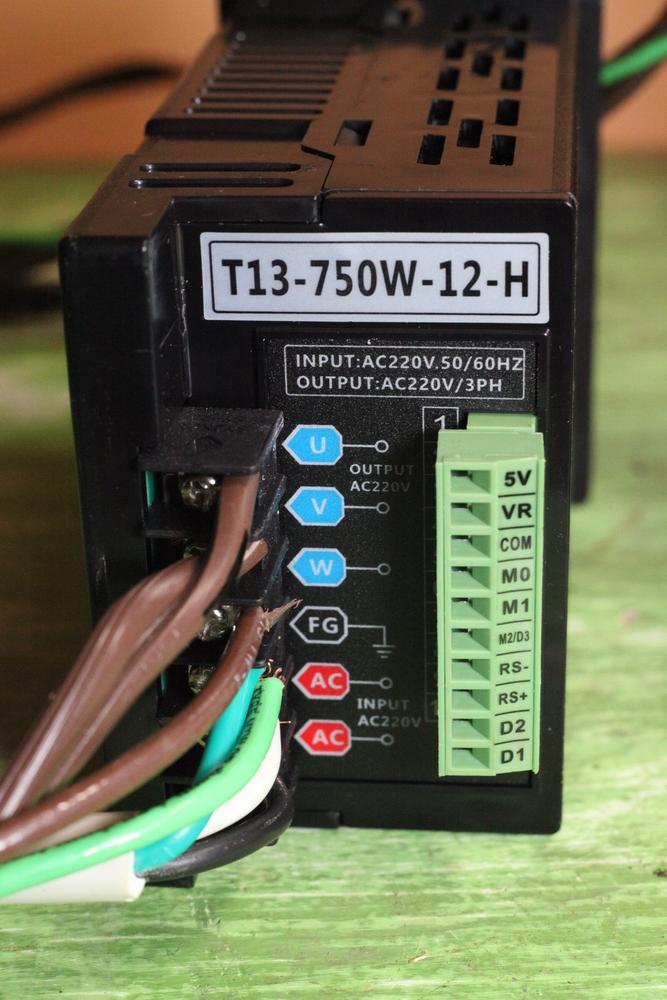All Activity
- Past hour
-
Rather than post a new thread for each project (posted 2 in the show-off thread), figured I'd just start a thread I and others could add to. I'm learning to do portraits. I started down the rabbit hole doing comic book art carvings. I struggled with the faces, so started researching how to do it better and that effort expanded into pursuing realistic portraits. I've really enjoyed the learning process. I'm hoping this thread can turn into lessons learned, progress photos, and a place for others that may be pursuing the same goal to ask questions. My number one tool I've found besides practice is the videos from Elk Track Studios by Annie Libertini. I've downloaded and used those, but was also fortunate to be able to take one of her live classes in 2024 at Sheridan. The first photos here are a self-portrait of me and my wife and a portrait of CSM Billy Waugh. Annie recommends not doing portraits with teeth, as they look weird. After doing the self-portrait, I can confirm. Would definitely recommend not doing toothy smiles. CSM Billy Waugh is an amazing figure in military history. If you don't know who it is and you want to kill > 1 hour of time check out the video. (The video contains a lot of military humor / crass humor, so be forewarned).
-
- portrait carving
- figure carving
-
(and 1 more)
Tagged with:
- Today
-
However, if I have 2 stitch lines of equal length, the same spi and the same strength of thread, they have the same breaking breaking strength. I can see the argument that the saddle stitch might be more durable in the face of 1 broken thread. But 2 seams of the same length, same thread, same SPI and length should be equally strong. I'm not campaigning against the saddle stitch. I just don't see the persistent argument that it's "stronger". I think it's the same.
-
Everyone has a two arm pits . . . as well as a couple of opinions . . . and depending on the circumstances . . . they all stink. But in this debate . . . the saddle stitch will always be the better route . . . simply because even when one thread breaks . . . the other "may" still hold . . . any "non" saddle stitch does not have that backup. If the saddle stitch is done correctly with an overhand knot being tied in every hole . . . it is not only very time consuming . . . but it is also much stronger than any of the others. To say differently is only posting an ugly and stinky opinion . . . because it simply is a statement that does not hold water. Anyone with two pieces of leather . . . some thread . . . and two needles . . . can do the saddle stitch . . . and any or all others . . . and then put them all to a series of beat down tests . . . the saddle stitch will be the last one to give away . . . and that goes double if the thread was both waxed and the overhand knot tied at each stitch hole. May God bless, Dwight
-
I stick a bit of paper masking tape underneath my machine's feet to smooth out the teeth if needed. Most of the time I sew lightweight things and I use a very small walking foot (aound 2x3mm smooth footprint), which I think is intended to sew near zippers or around magnets/buttons.
-
Micro Copper Burr Rivets - A Solution
Stagesmith replied to Stagesmith's topic in Hardware and Accessories
The 2.5mm and 3mm washers do clinch onto the rivet shaft just like Burr Rivets. The 2mm washers are just a tiny bit too large on the ID, so they don't clinch, but I didn't find that made it any harder to use. If you bop the washer sideways with a tiny hammer, it can distort the hole enough so it does grab the rivet shaft. -
Vilh. Pedersen 282 clicker press manual
RockyAussie replied to RockyAussie's topic in Leather Machinery
Does anybody have one of these that could advise me what grade of oil it should use? -
Can sewing marks be eliminated?
Cumberland Highpower replied to ozleather's topic in Leather Sewing Machines
Might be some plates/feet/dogs that are smooth for that machine? There's a guy in Japan that makes wallets among other things and he uses Seikos with large knurled presser wheels. Wheel marks everywhere, but that's part of his trademark look. Just saying if you can't beat'em, maybe join'em? -
135x16 apparently the same as 135x17 TRI
Cumberland Highpower replied to AlZilla's topic in Leather Sewing Machines
I've used some Organ needles and they seemed to be overall a good needle. Schmetz are better overall but it is what it is. I've also bought them for hook and awl machines and in that regard they are just as good as any other. -
Try going over the stitches with a polished leather hammer. Or a polished bone folder.
-
Problem using a TandyPro Deluxe Leather Splitter
DieselTech replied to Coloradoguy's topic in How Do I Do That?
@Coloradoguy I recommend buying a second blade for your splitter, then you got a blade that can be sent out to be sharpened & you won't be without a splitter blade while 1 is being sharpened. -
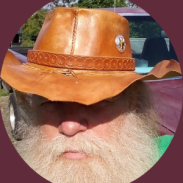
135x16 apparently the same as 135x17 TRI
AlZilla replied to AlZilla's topic in Leather Sewing Machines
Probably because that's what I could find in the sizes I wanted. I've never had any problems I've blamed on a poor quality needle. My complaint is why label them with confusing, made up designations? -
Problem using a TandyPro Deluxe Leather Splitter
Coloradoguy replied to Coloradoguy's topic in How Do I Do That?
Thanks Jonas, I do know of that company in Omaha. Thanks Tom, I'll be reaching out to Bruce. -
- Yesterday
-
Today I was able to bench test my first 3-phase AC gearmotor running on VFD. It's a foot-mounted Sew-Eurodrive 1-horsepower with 4.5:1 gear ratio. Gearmotor A four-pole AC motor typically has a speed around 1500 rpm when fed 60Hz power from the wall. With the 4.5:1 gear reduction, that puts us around 330rpm with wall power (60Hz). So long as the AC motor is 3-phase, we can add a VFD in the mix to control the frequency of the power going to the motor. And voilà, we have a motor that can go anywhere from 0rpm up to 330rpm. At least that's the theory I've been reading for the past few weeks...I hadn't seen any of this in action until today. This ragamuffin came to me by way of ebay. Here is the original listing. I'll include a screenshot of the listing because these listings go away eventually. This motor is bigger than I needed. 400 watts (1/2 horsepower) or maybe even 100 Watts (1/8 horsepower) would suffice. But this one I found for a song, only $65 after shipping. I did verify that it was actually 3-Phase before buying. (See the "3PH" in the upper right corner of the motor nameplate) The box arrived a few days later. It was packed cozily in cardboard and foam. The outside of the motor is gritty. Perhaps it's been running in a moist environment. The ad says it was taken from a running system. I'd like to clean it up and paint it, but I want to see it run first.. The wiring was set up for 380V, so I reconfigured according to the diagram for the 220V that my VFD will output. (My VFD takes 110V single phase as input, and outputs 3-phase in the range of 220V.) Here is before and after, note the copper strips have been repositioned under the nuts to effect the wiring change. VFD The VFD (variable frequency drive) I've actually had for a couple weeks while I've been looking for motors. But I've never owned any 3-phase equipment so had no way to really test the VFD, hence the excitement when the gritty box finally arrived. 🤪 Here is a link to the VFD I'm using: https://www.amazon.com/dp/B0D53Z7RZ5 And a screenshot: Here's what the back of the VFD looks like. The two red "AC" labels are for neutral and 110V single phase input. FG is ground, connecting both to ground in the wall outlet and to the ground on the motor. The blue U, V, W are the 3-phase outputs which the VFD can control to be any frequency from 0Hz up to I think 100Hz, which is how the VFD accomplishes speed control on an AC motor which would otherwise be fixed speed. The green strip on the right is for low voltage input/output. One of them can be used with an external potentiometer to set the frequency. I've ordered a TIG pedal for this but it has not arrived yet---So today we'll use the built-in potentiometer/knob on the front of the VFD to control our speed. Bench Test Here we are on the bench: And a video gearmotor-voice-01.mp4 Many thanks to @GerryR who has fielded a LOT of questions from me as I've been pursuing this journey.
-

Problem using a TandyPro Deluxe Leather Splitter
bruce johnson replied to Coloradoguy's topic in How Do I Do That?
Thanks Tom, I do sharpen splitter blades. I am currently in Ohio at a leather and tool auction. I will be back in the shop middle of next week -
Why not just cut to the chase and buy a better brand of needle like Schmetz or Groz-Beckert needles??? Personally I have tried most brands and can honestly say that Schmetz needles have never given me any problems in any of my machines. I would say the Organ needles are a more budget-friendly alternative and cost about 50 percent that of Schmetz needles with Groz-Beckert somewhere in between. kgg
-

135x16 apparently the same as 135x17 TRI
AlZilla replied to AlZilla's topic in Leather Sewing Machines
This is how they're listing them. Seems a company like Organ would know better. On the other hand I suppose I can see lazy people calling them "135x17 leather points" and just expecting the great oracle to figure out what they mean. -
charleneanswers joined the community
-
You are forgetting breakage due to abrasion on the thread. In my history group I had experience of that. The chaps used to do several very active live steel fight displays during a day. I had shoes to resew/repair. The stitching holding the soles to the vamp often got abraded until they broke. On those made by one 'expert' and hand sewn using saddle stitch the sole came loose and I could quickly repair it on the spot and have the owner back into the fight. Those sewn by another 'expert' when the thread broke most of the sole came away from the vamp*. A repair was not possible as quickly. * on one occasion the sole came away, flapping loose during a fight causing the owner to miss his footing. Only the fighters' skills stopped there being a bad incident
-
parakeyner joined the community
-
A bit of a useless debate IMO and one that doesn't seem to be taking usage into account. I've never known a thread that simply holds two pieces of leather together to break no matter how it's sewn (bonded polyester/nylon). Can you snap a piece of V69 with your hands? If you can you have thick skin. Thread used under high stress conditions is different and is usually sewn inside a channel to avoid abrasion. As dikman said, I think a certain amount of ego comes from the S/S camp but you can say that about quite a lot of leathercraft and there's nothing wrong with it as long as it's not part of a strength debate.
-

135x16 apparently the same as 135x17 TRI
Wizcrafts replied to AlZilla's topic in Leather Sewing Machines
Labeling a leather point of any shape with a garment point designation is misleading. Leather cutting points tend to slice the fibers in cloth, webbing and serged patch borders. However, if any leather point has a snowball's chance in Hell of sewing cloth without destroying it, it is a diamond point needle. The shape is closer to round than the usual sideways slicing edge we have in leather points. I haven't tried sewing patches on with a diamond point, and don't recommend it without testing it first on a disposable patch with the same type of edging. I do use diamond/tri point needles on occasions when I want to sew close stitches that lay on top of leather projects, from end to end, versus S points that give a submerged appearance on the ends. -
ali234 joined the community
-
Darren, Greg died in March of 2021. Here is the notice.
-
AmyRF joined the community
-
spring flowers and good food
Handstitched replied to chuck123wapati's topic in All About Us and Off Topic
You may wish to kneel down to royalty 👑 Just kidding , lol. I've been asked to judge at our perth royal show in the leather section in September, can't say no can I? I do remember trying my hand on mums potters wheel eons ago, it didn't end well , it does take quite a bit of practice, and concentration and the skin around the fore fingers and thumbs wear thin. At this point in time, no more dressing changes for dad , just some moisturiser on the op sites. I hear you about your suburbans, I have 3 land rovers, 3 tractors and a 64 triumph herald coupe that I so love to play with. I am ' resource rich but time poor' atm . I tell my customers, " I can make almost everything, except time " Take care, HS -

Edge beveling 101
RidgebackCustoms replied to ThisIsMyFirstRodeo's topic in Leatherwork Conversation
For concave blades/rounded bevelers I use a straight piece of MDF and use the beveler itself to round the corner of the MDF. I then have a stropping block that holds compound pretty well and is perfectly matched to my beveler. Granted, using a beveler to cut MDF is not good for the tool, but it's a one time thing so the dulling it causes is minimal. Not sure I would use this trick for expensive bevelers, but for the cheap ones (which is all I have) it works great. Thank you! -

spring flowers and good food
chuck123wapati replied to chuck123wapati's topic in All About Us and Off Topic
Working on a potter's wheel and a propane-fired Raku kiln. Basically a 50 gallon drum with 2" of ceramic wool inside, lol, and one of my burners. I have a lot to do before snow flies so all my projects get a few minutes here and there. My daughter has given me another suburban the same year and make as mine so I'll be swapping some parts around, then fixing both up before hunting season and winter it will be nice to have a backup the kids can drive. I'm starting to get back on my feet after my ailment last spring, It was darn hard to get my muscle strength back, I guess old age is the culprit, I feel great now again and am back up at 4am every day starting out the day watching the hummingbirds have breakfast at dawn lol. Take care, my friend, summer is on its way to you now lol. -
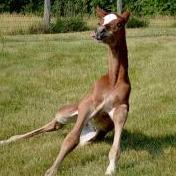
Problem using a TandyPro Deluxe Leather Splitter
TomE replied to Coloradoguy's topic in How Do I Do That?
If you can't find a local sharpening service, you might check with Leather Machine Co. They offer sharpening of the hollow ground blade for their Class 14 splitter. @bruce johnson sharpens blades for Osborne manual splitters and might be able to help you out.







